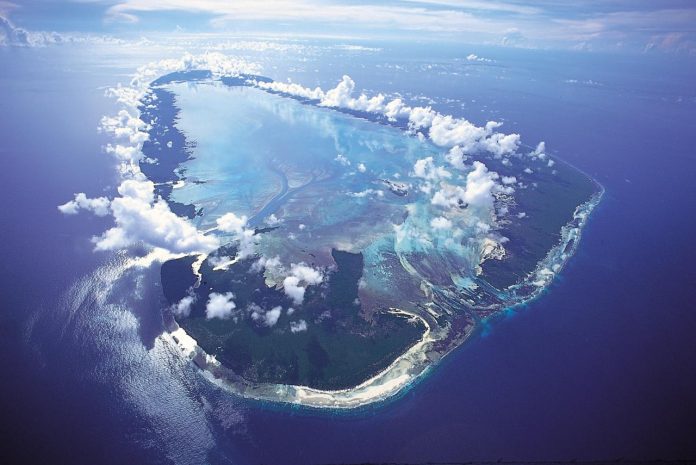Aldabra is the world’s second-largest coral atoll. The site has been designated UNESCO World Heritage List status, which means it’s of outstanding value, meeting the strict criteria set out by the United Nations’ specialized agency. It fulfils three of the organisation’s guidelines – it contains superb natural phenomena; superlative on-going ecological and biological processes; and significant natural habitats to conserve biological diversity.
Thanks to its remote location in the Indian Ocean, Aldabra Atoll remains unspoiled by human influence and provides an excellent example of natural habitat where evolutionary and ecological processes can be studied.
“These pristine islands must not be sacrificed to military and geopolitical interests. Please sign our petition to the government of the Seychelles and UNESCO to protect Aldabra Atoll” said former Seychelles Minister of Tourism Alain St. Ange.
Extremely isolated, Aldabra is almost untouched by humans. Aldabra atoll is closer to the coast of Africa 630 km (390 mi) than to Mahé, and is in the most southwesterly part of the Seychelles. It is 407 km (253 mi) northwest of Madagascar and 440 km (270 mi) from Moroni on the Comoro Islands. The atoll is the largest raised coral reef in the world with an elevation of 8 metres (26 ft); and the second-largest atoll in the world after Kiritimati Atoll.
ldabra Atoll in the Seychelles is a rare and beautiful tropical paradise. Seen from above, the coral islands form a nearly closed ring that is home to a riot of marine biodiversity. The undisputed rulers of the islands are the thousands of giant tortoises. Biologists have documented 400 endemic species and subspecies, including birds such as the Aldabra drongo.
The island of Assumption lies about 37 kilometers to the southwest. With its landing strip and a handful of buildings, it is home to the scientists that are the only continuous human presence on the islands. Their isolation could soon be a thing of the past, however.
India wants to build a military base on Assumption, and the Seychelles government is planning to cede control of the island to India for 20 years. For India, the atoll is not an isolated speck of land, but a potentially vital strategic outpost in its rivalry with China.
Environmentalists are alarmed at the prospect: The atoll has remained pristine because of its remote location and the limited number of people allowed to visit. That would change dramatically – and in the worst case, the island could become a battlefield.
Construction workers and military personnel could introduce invasive animal and plant species to the islands with unpredictable consequences for the ecosystem. Soldiers would litter the island with plastic and other waste. Ships and aircraft would cause noise and pollute the air. Leaking fuel and oil could contaminate the soil and water – not to mention the possibility of major oil spills.
These pristine islands must not be sacrificed to military and geopolitical interests.


























